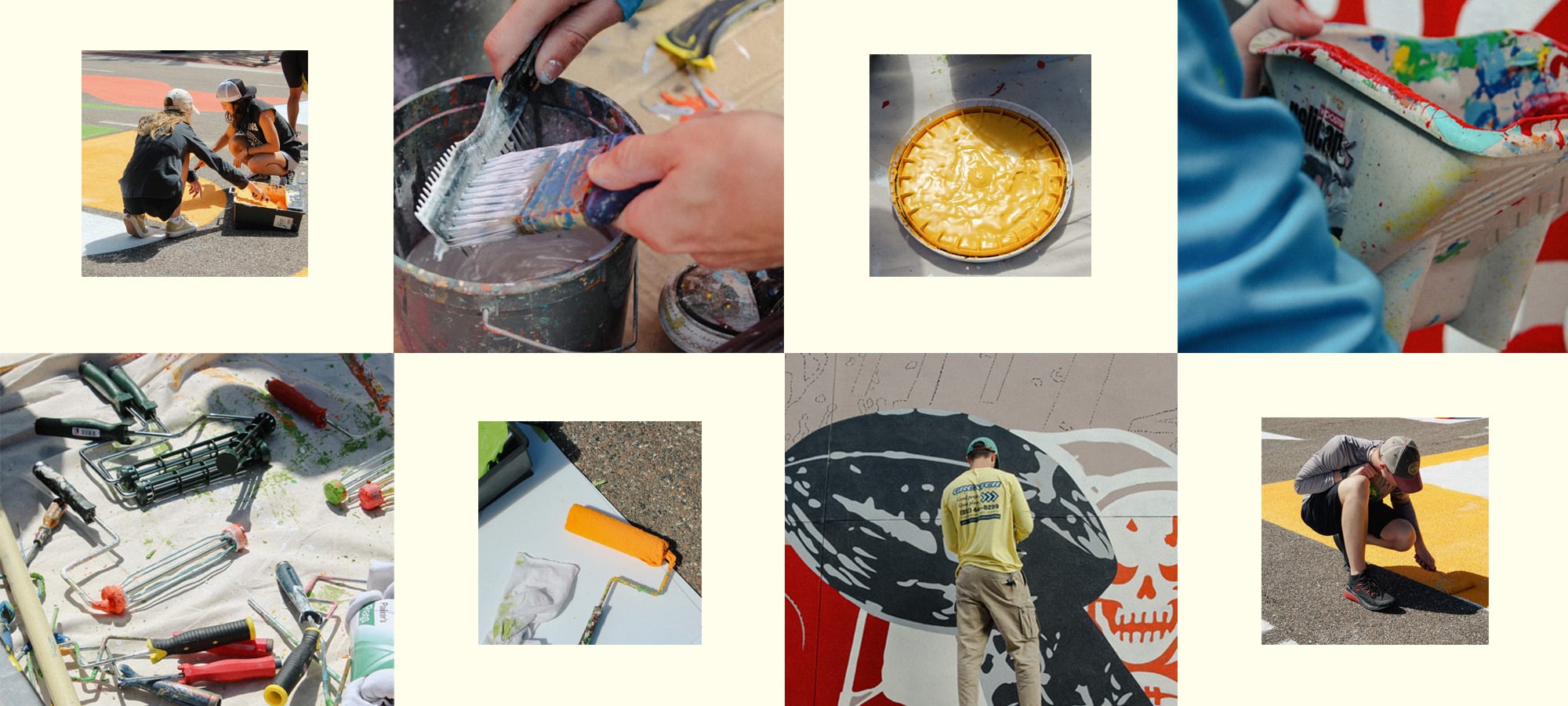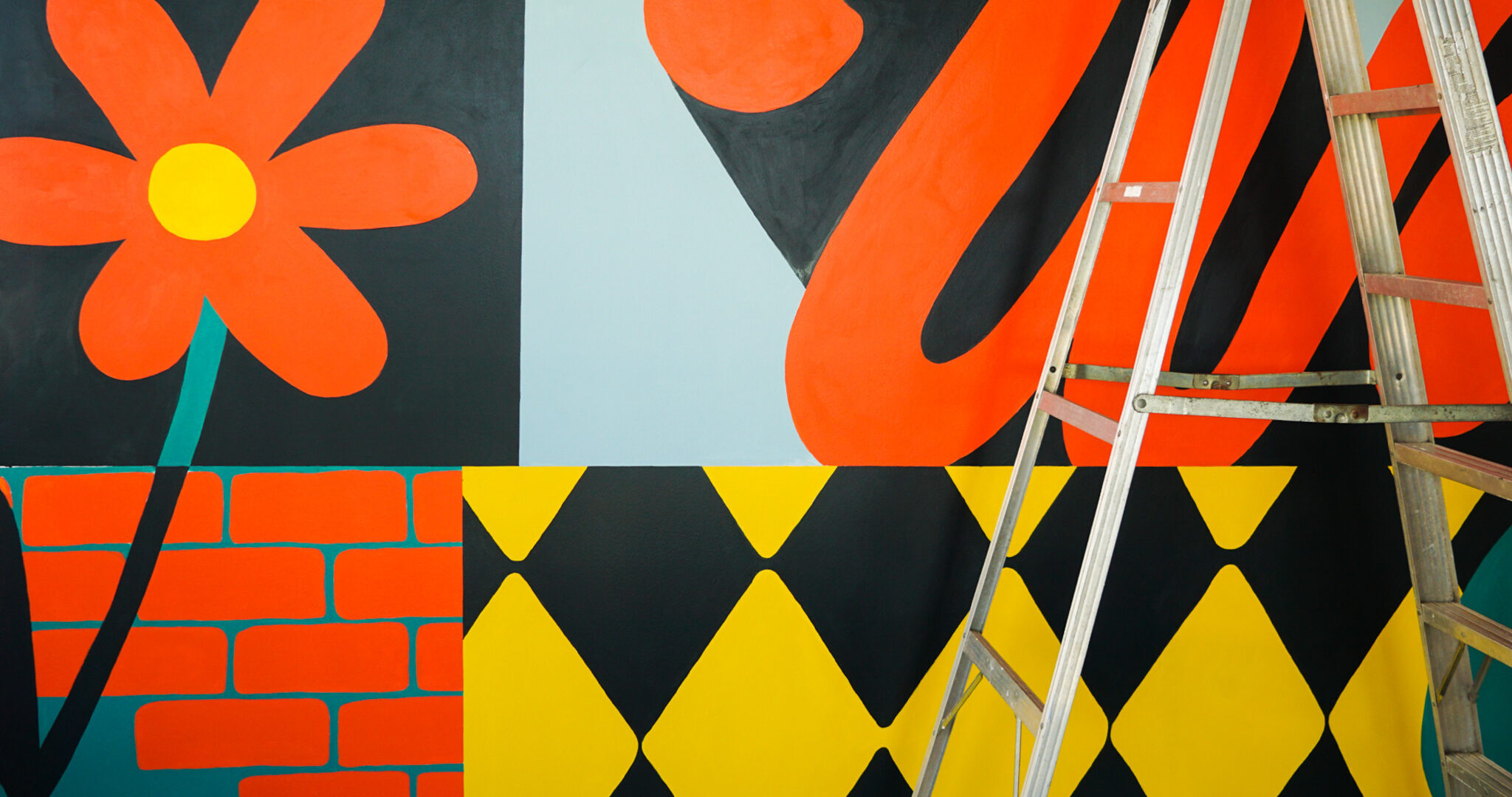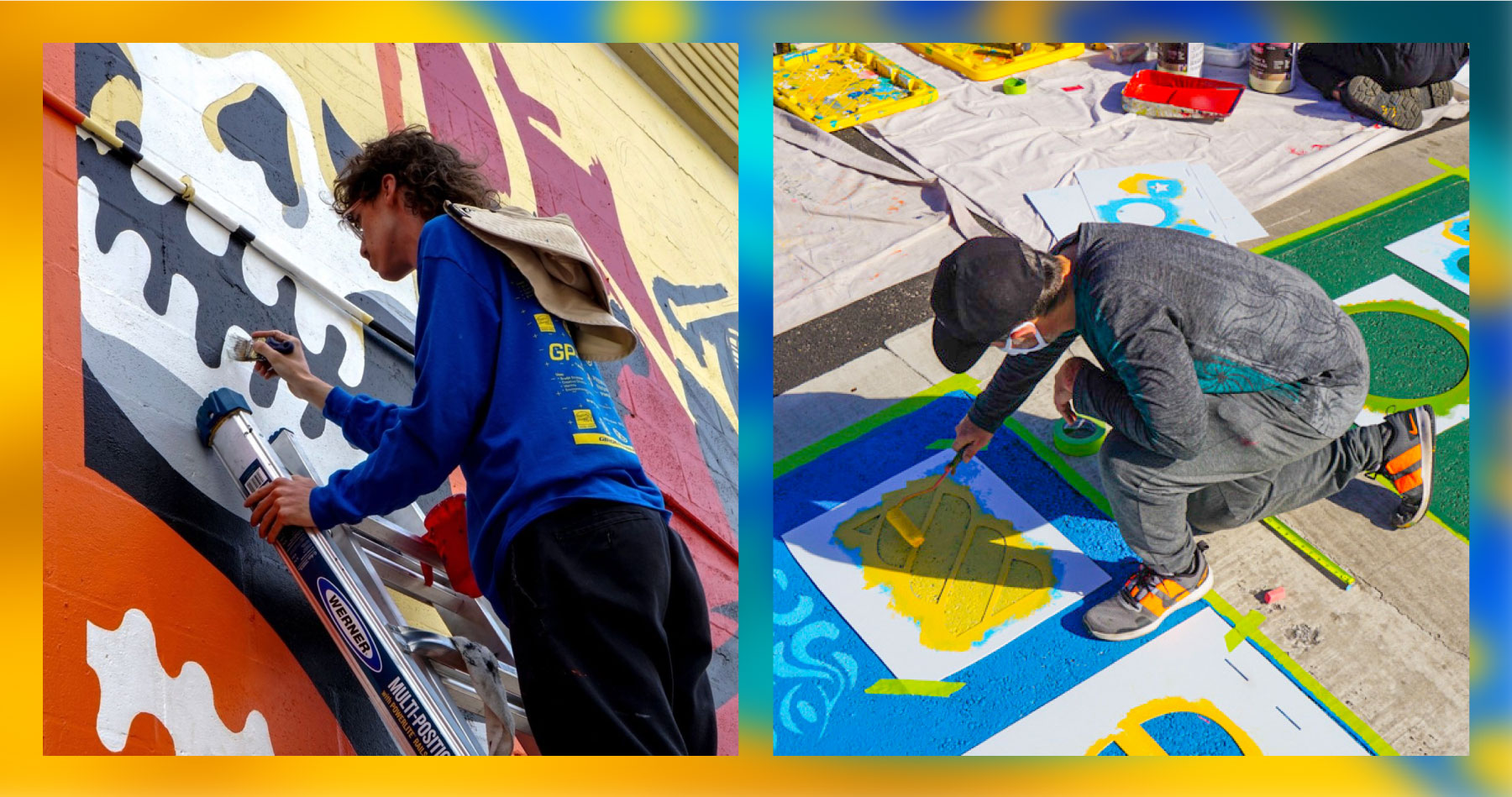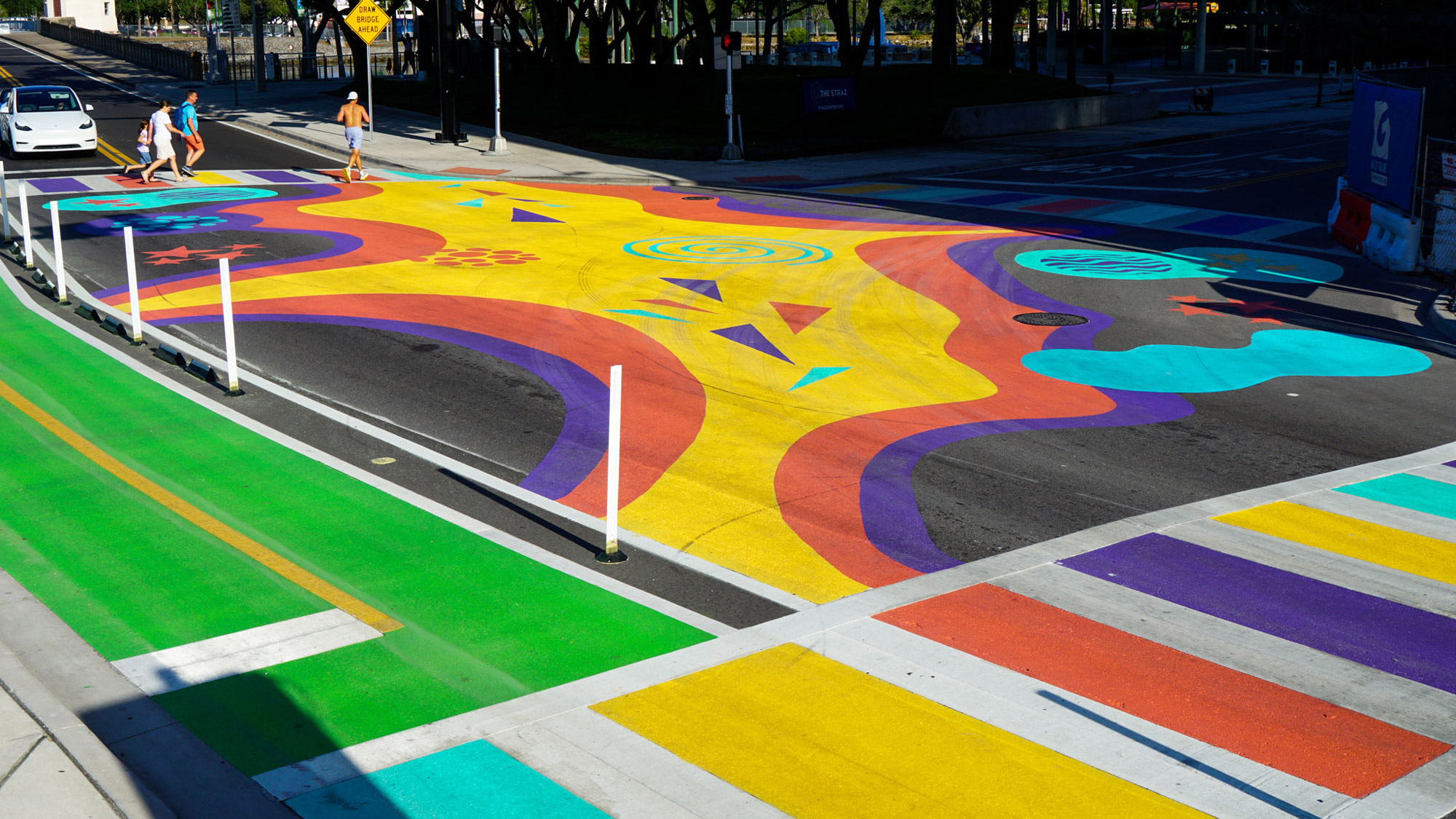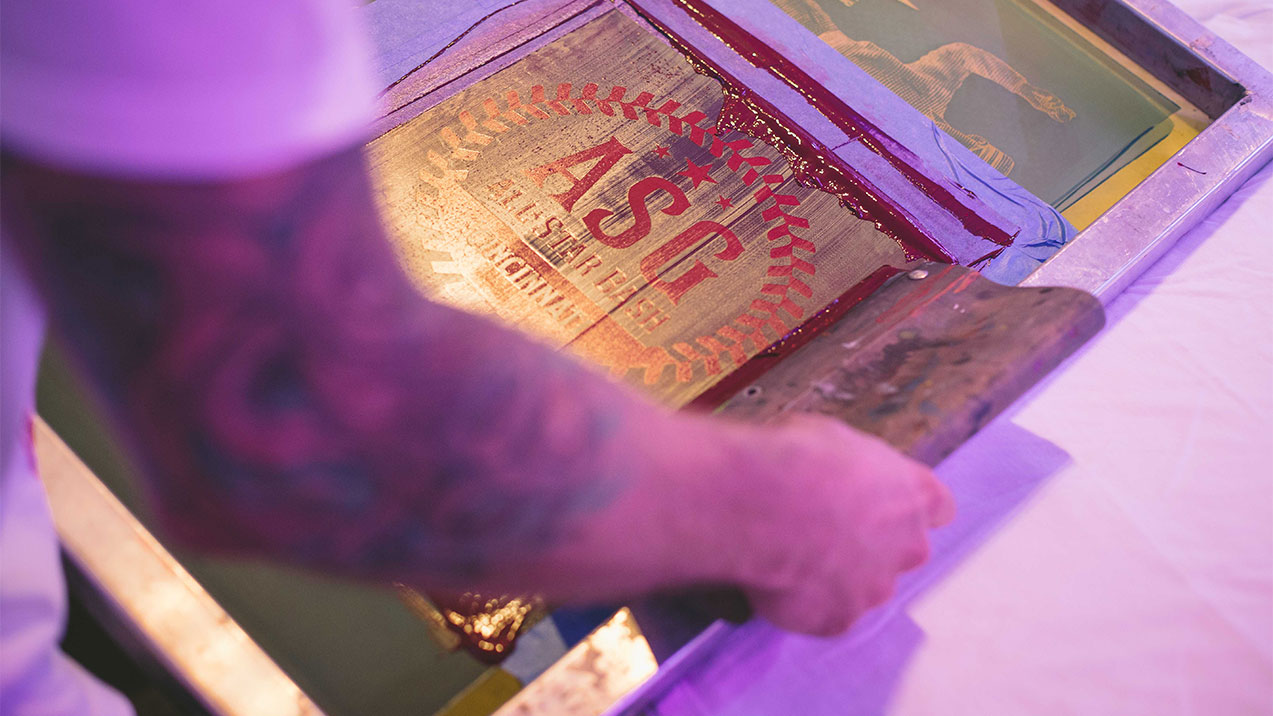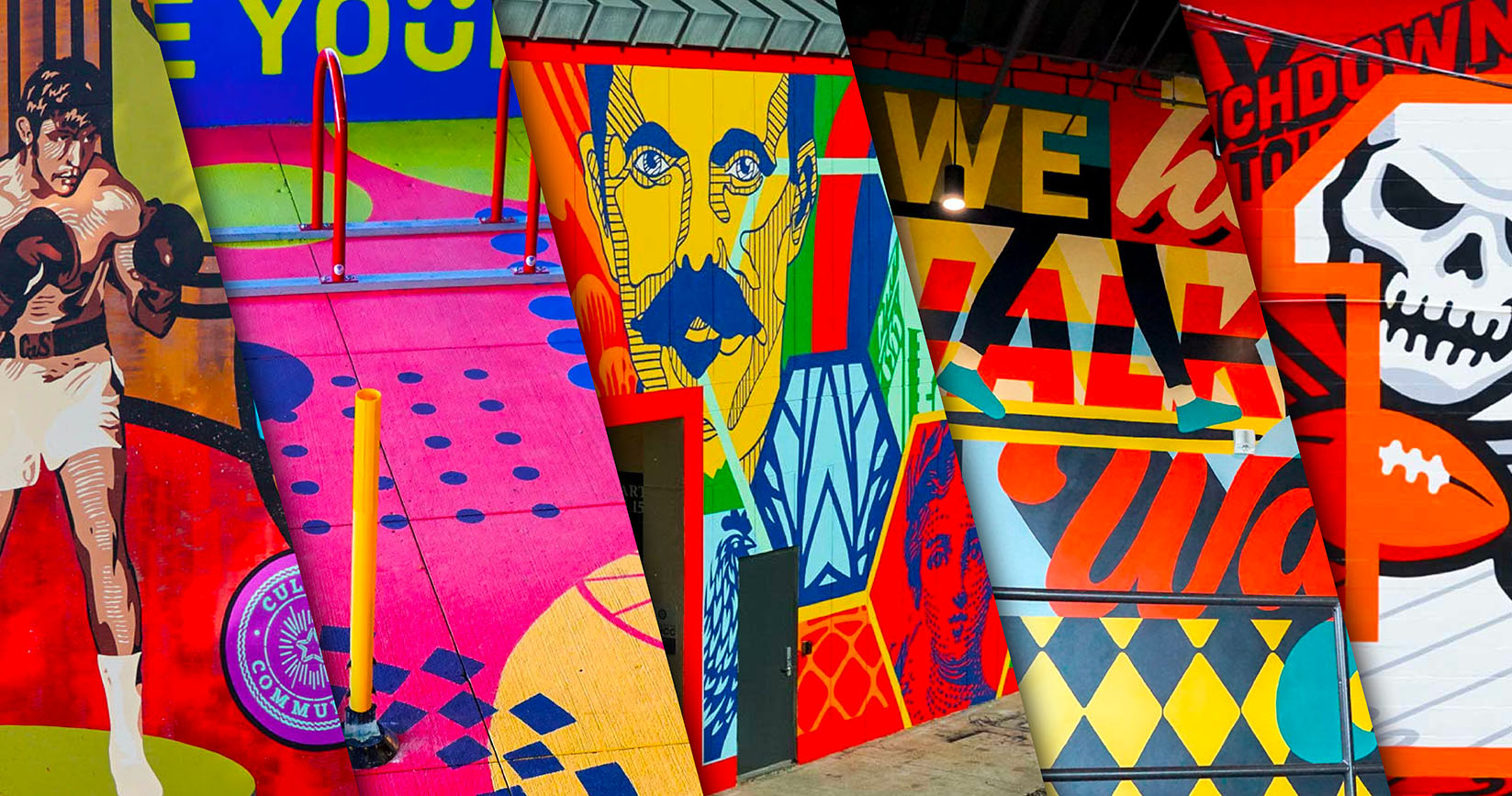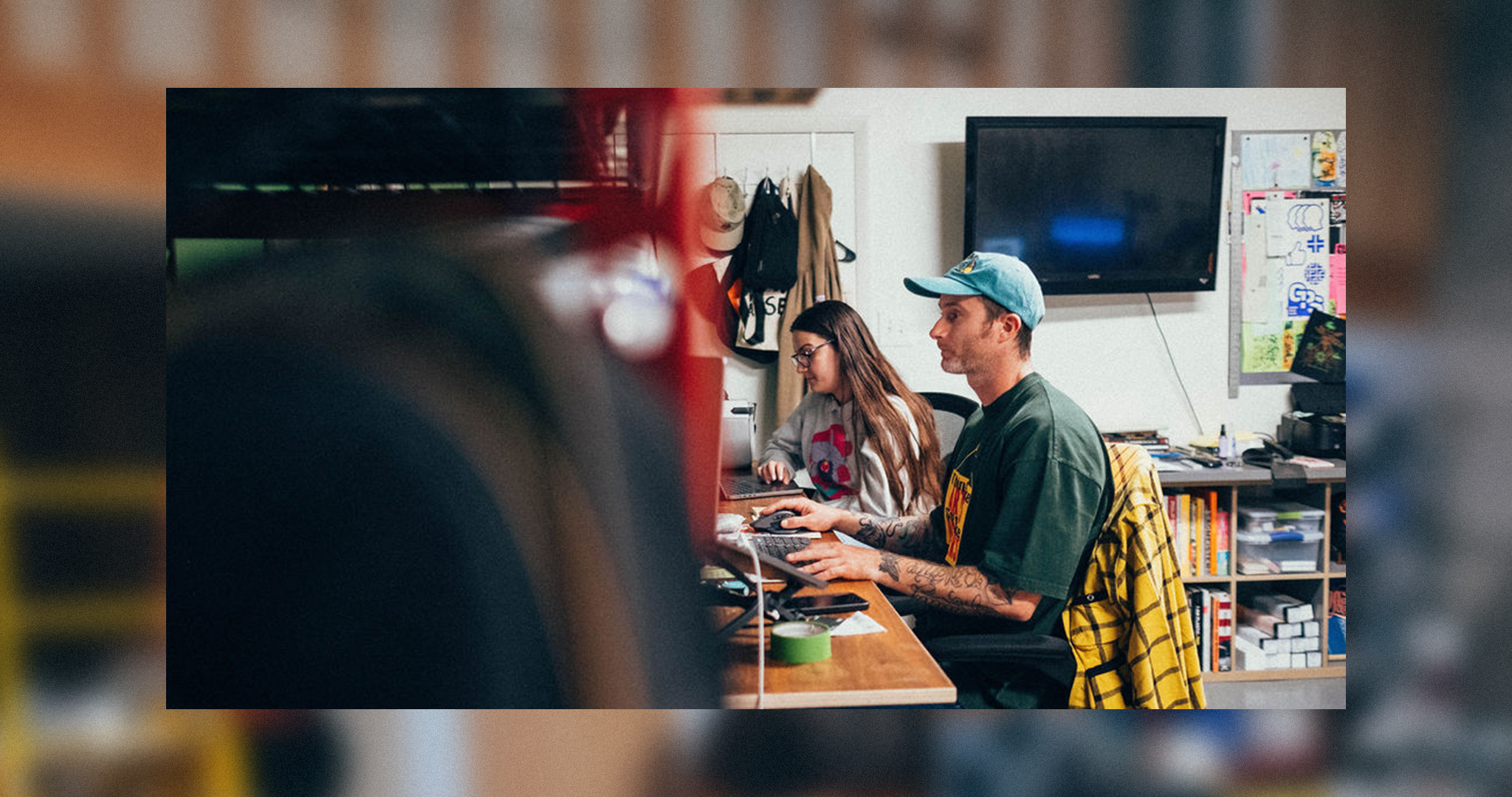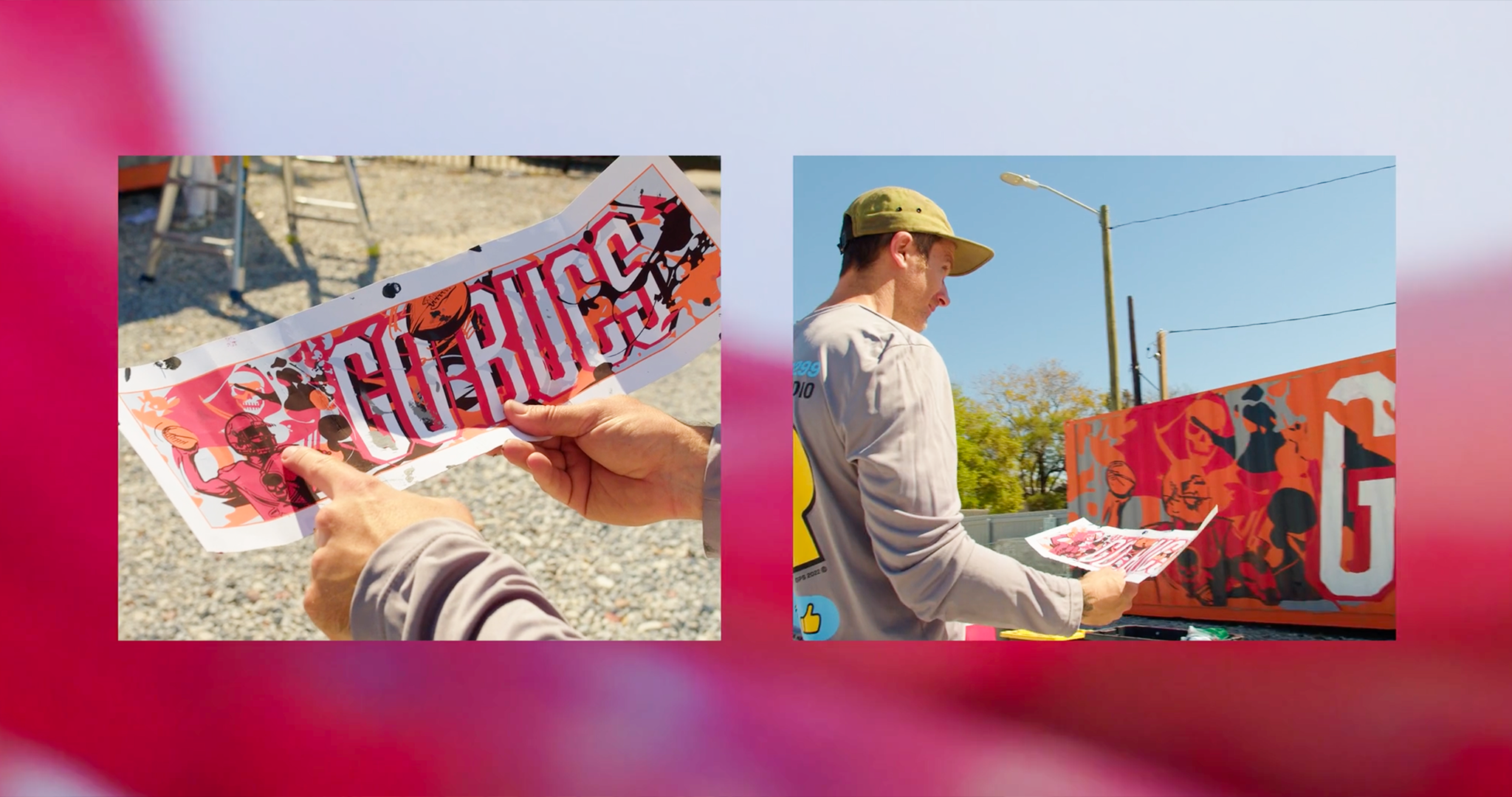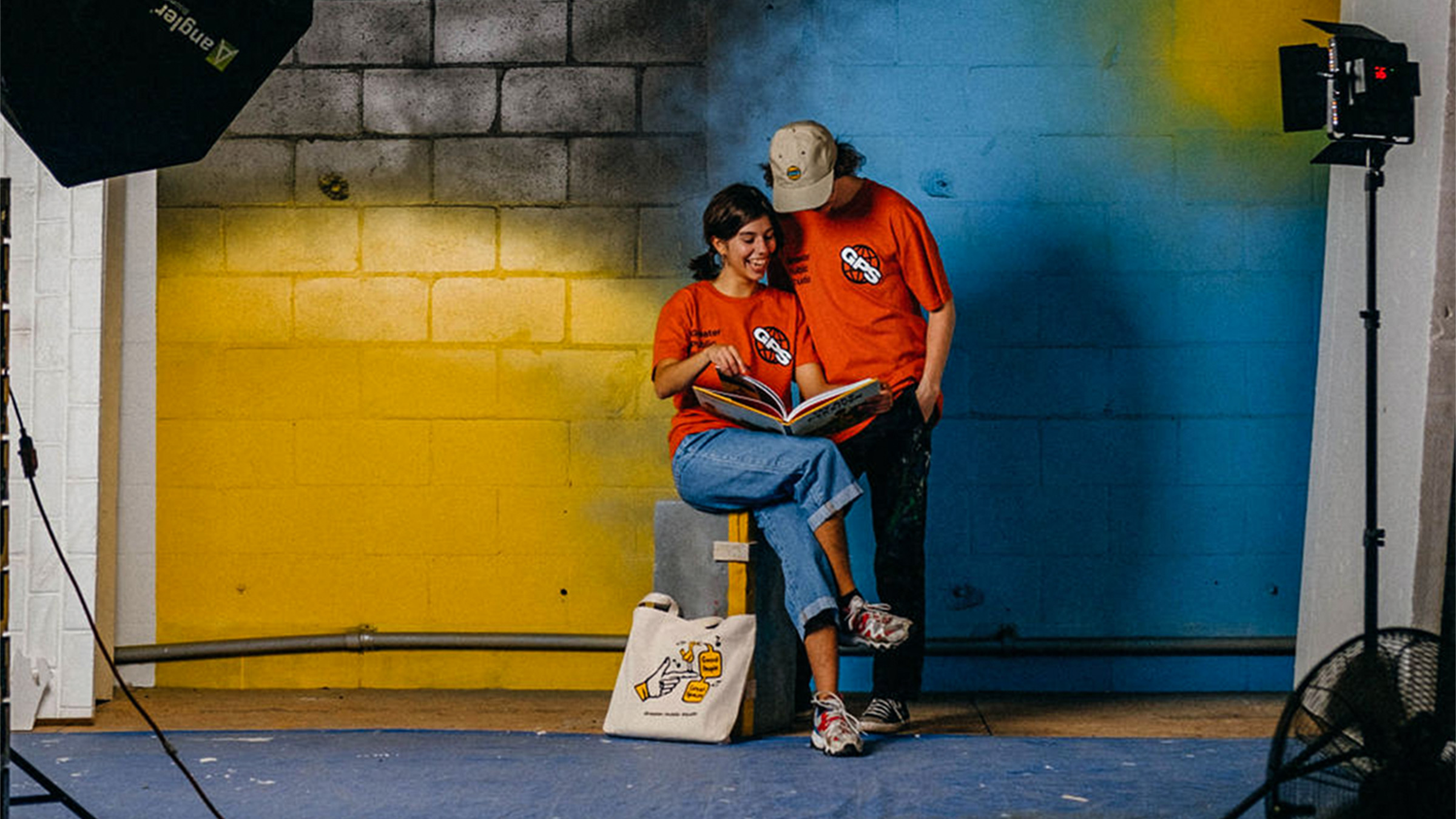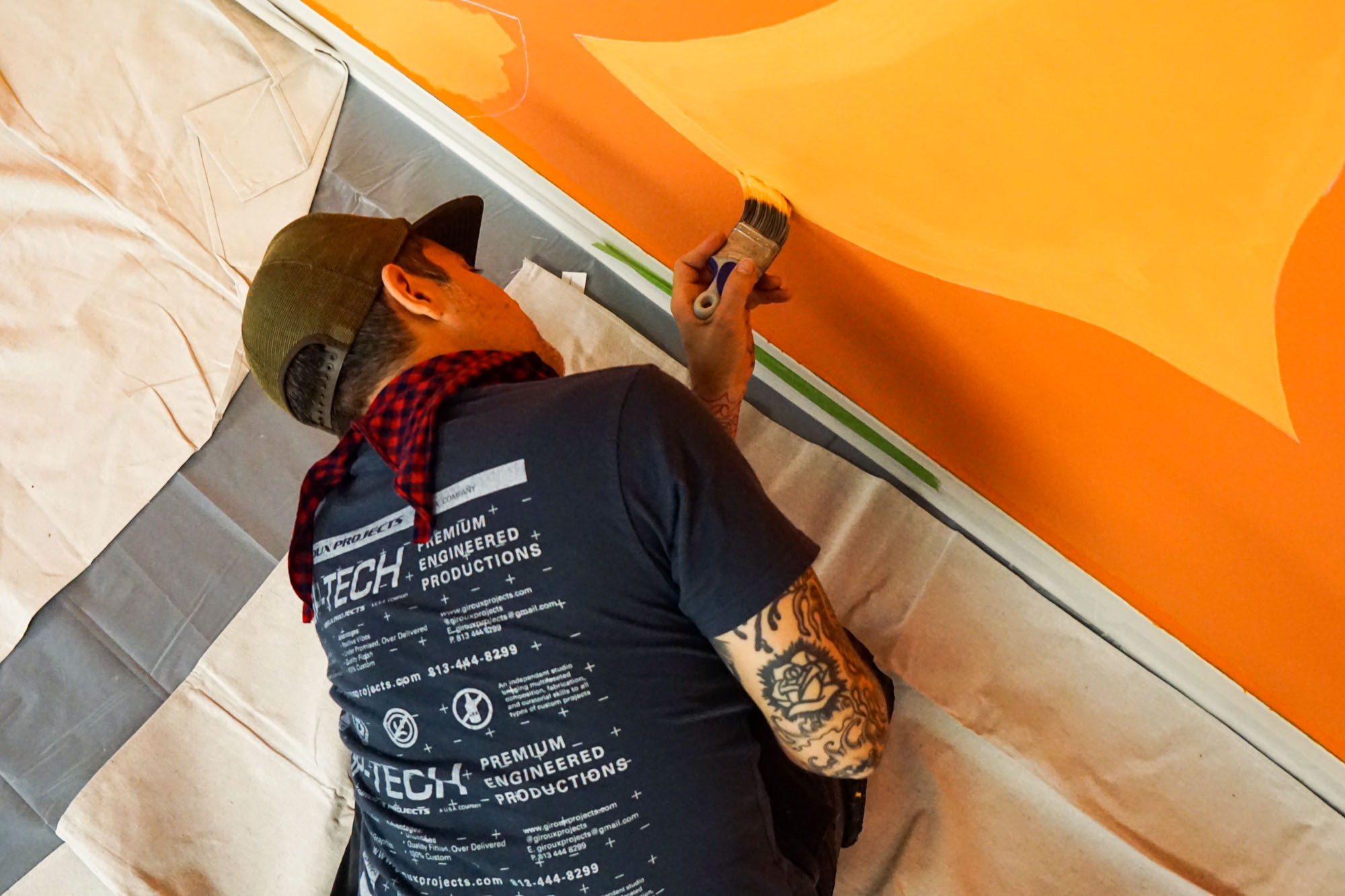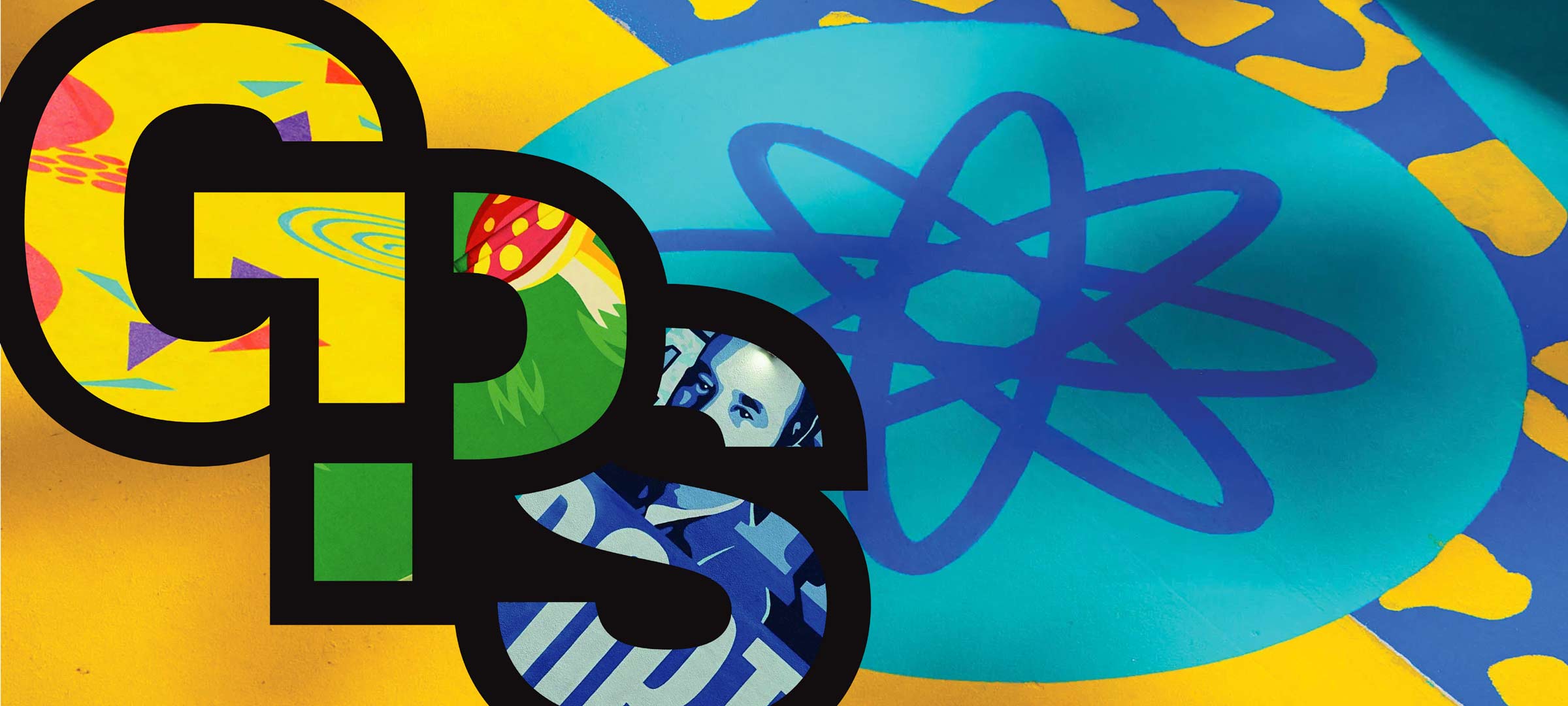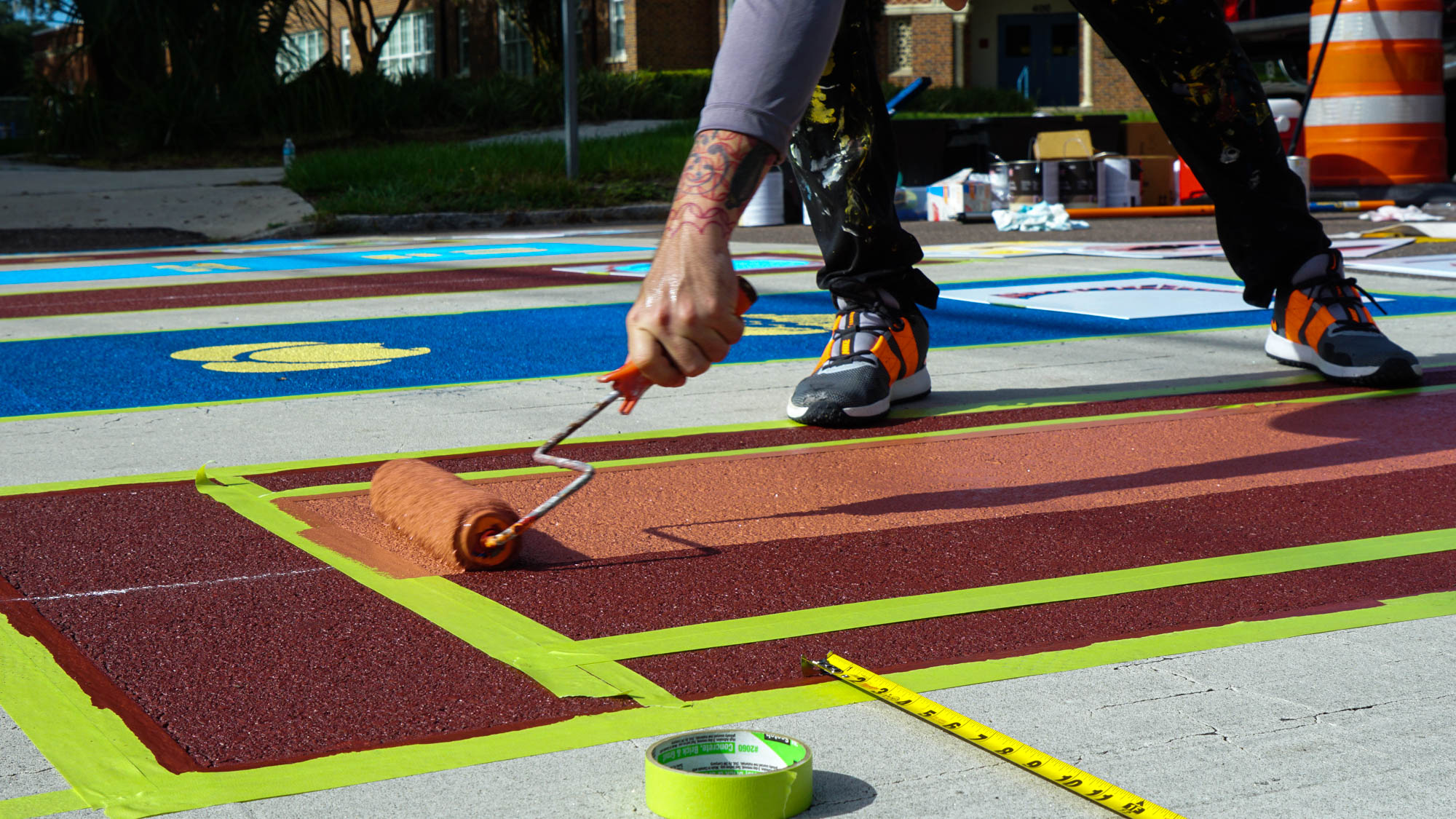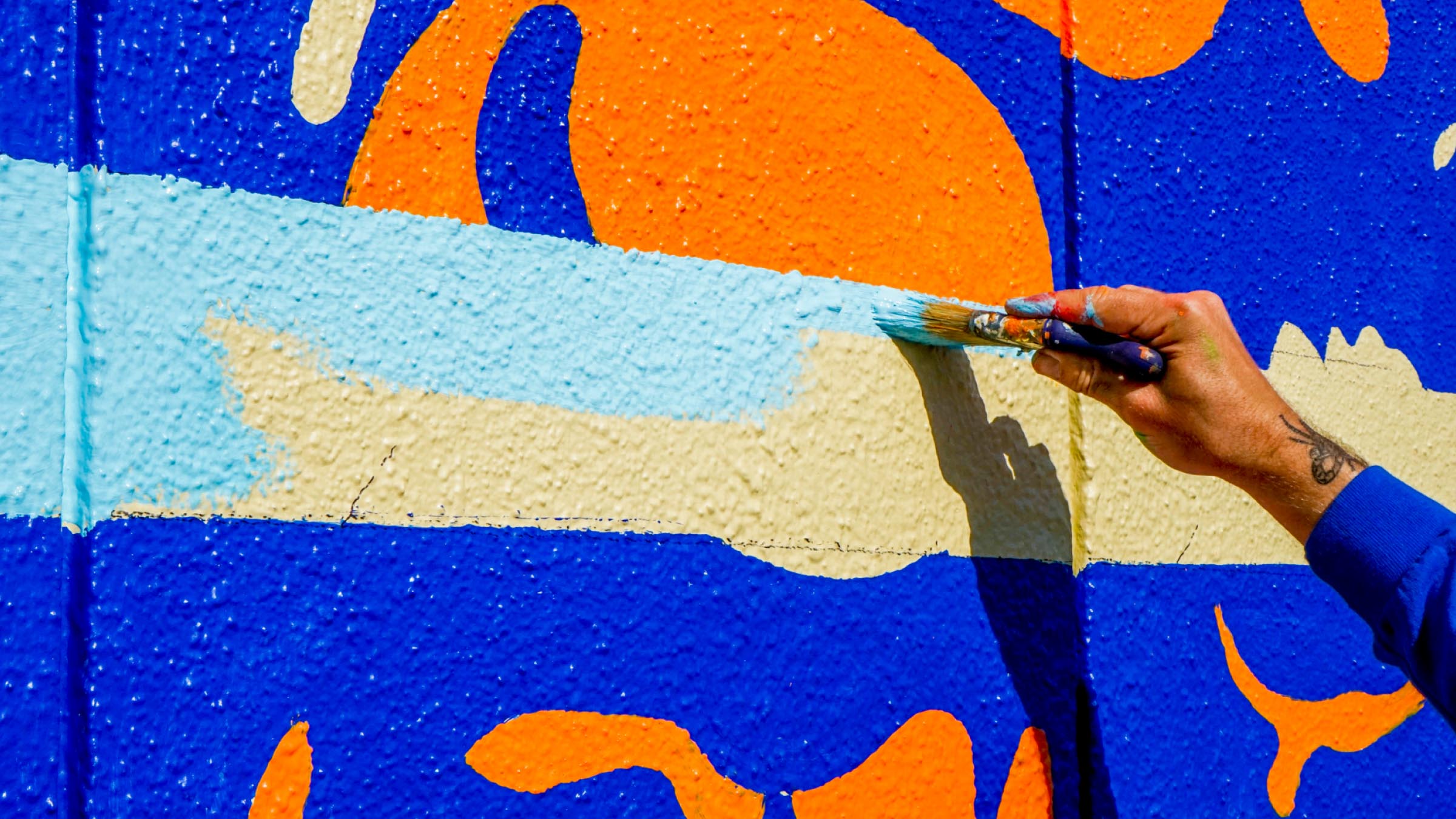
Living Shades
The Living Shades mural project is a dynamic homage to Ybor City. Located at Hillsborough Community College’s Ybor campus, Living Shades is one part of NEST, a multi-campus public art initiative that’s transforming sections of HCC Dale Mabry and Ybor into socially activated green spaces. Truly encapsulating the spirit of collaboration, the design was created by Greater Public Studio’s Jay Giroux and Tampa artist Edgar Sanchez Cumbas, as a tribute to three specific Ybor artists while also featuring artwork from an HCC student. By combining elements of drawing, photography, printmaking and painting, the mural honors Suzanne Camp Crosby (1948-2020), Carolyn Kossar (1949-2020), and Theo Wujcik (1936-2014).
Delving deeper into the significance of these Ybor based artists, we can better appreciate the subtle nods to their work found in the mural. Suzanne Camp Crosby, a respected photographer, was a professor of photography at HCC for 38 years until her passing in 2020. Her playful work, often characterized by unexpected objects added to everyday scenes, is referenced in the use of positive and negative space throughout the mural. Additionally, the overall composition of the design was influenced by Camp Crosby’s work.
Carolyn Kossar was the Art Gallery Director at HCC Ybor for 19 years until her passing in 2020. She was also an artist in her own right, specializing in printmaking. Some of the subject matter found throughout the hexagonal shapes are references to Kossar’s work, specifically some of the floral elements.
The late Theo Wujcik was one of Tampa’s best known 20th century artists. Eclectic and experimental, Wujcik’s primary mediums were drawing, printmaking and painting. In the 1980’s, he discovered what became his signature motif, the chain-link fence. The Living Shades mural mimics Wujcik’s use of the chain-link fence as a means of communicating story, imagery, and various ideas through a single structural device.
One of the images portrayed in the mural is a portrait of José Martí, known as “The Apostle of Cuban Independence.” Selected from several student submissions, this image drawn by HCC student Thinh Nguyen depicts the important relationship between Ybor City and Cuba. Martí and many other Cubans lived in Tampa to escape the injustices of Spanish rule. Remaining close enough to the island to nurture connections but far enough away to plot a revolution, Martí eventually sparked the insurrection that would lead to Cuba’s independence in 1902. To this day, Ybor City is rich in Cuban cultural influence and is home to one of the only Cuban owned pieces of land in the United States, appropriately named José Martí Park. The only other Cuban owned land in the US is the Cuban Embassy in Washington, DC.
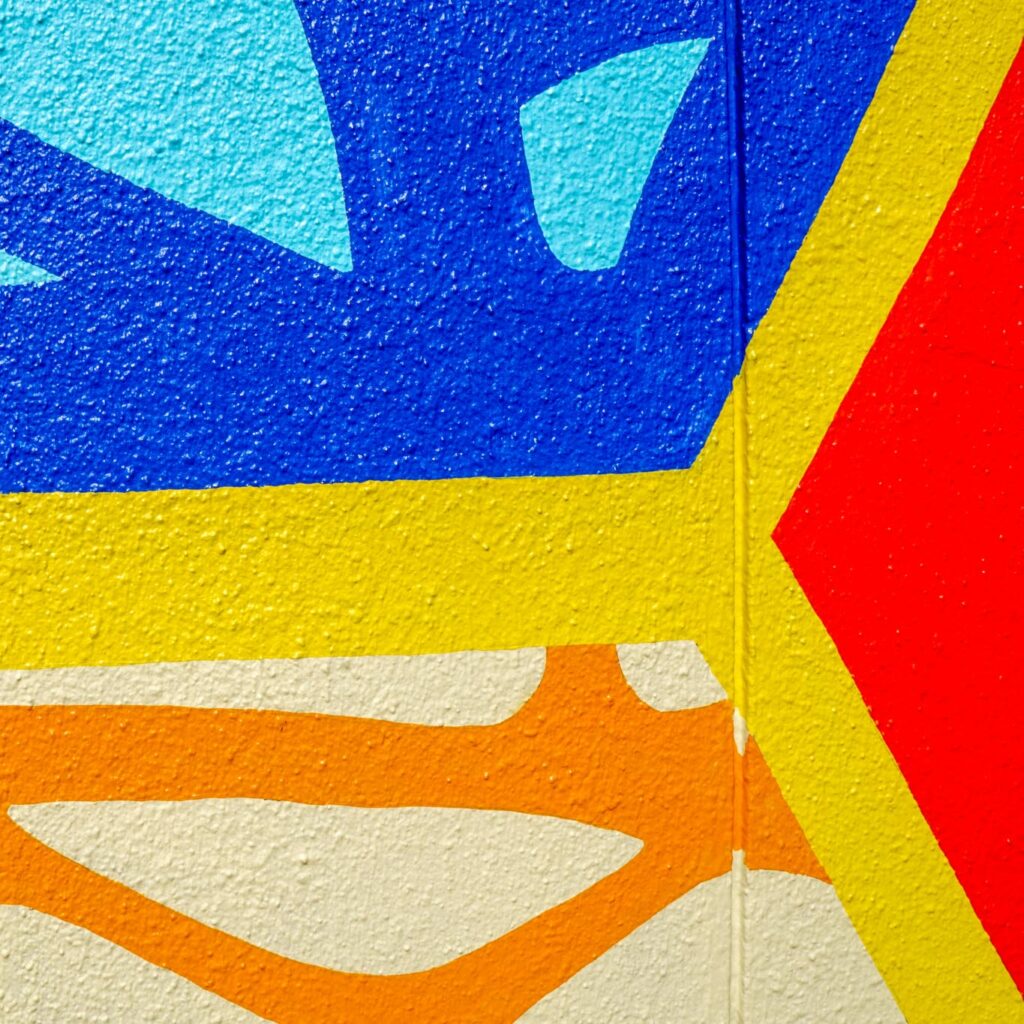
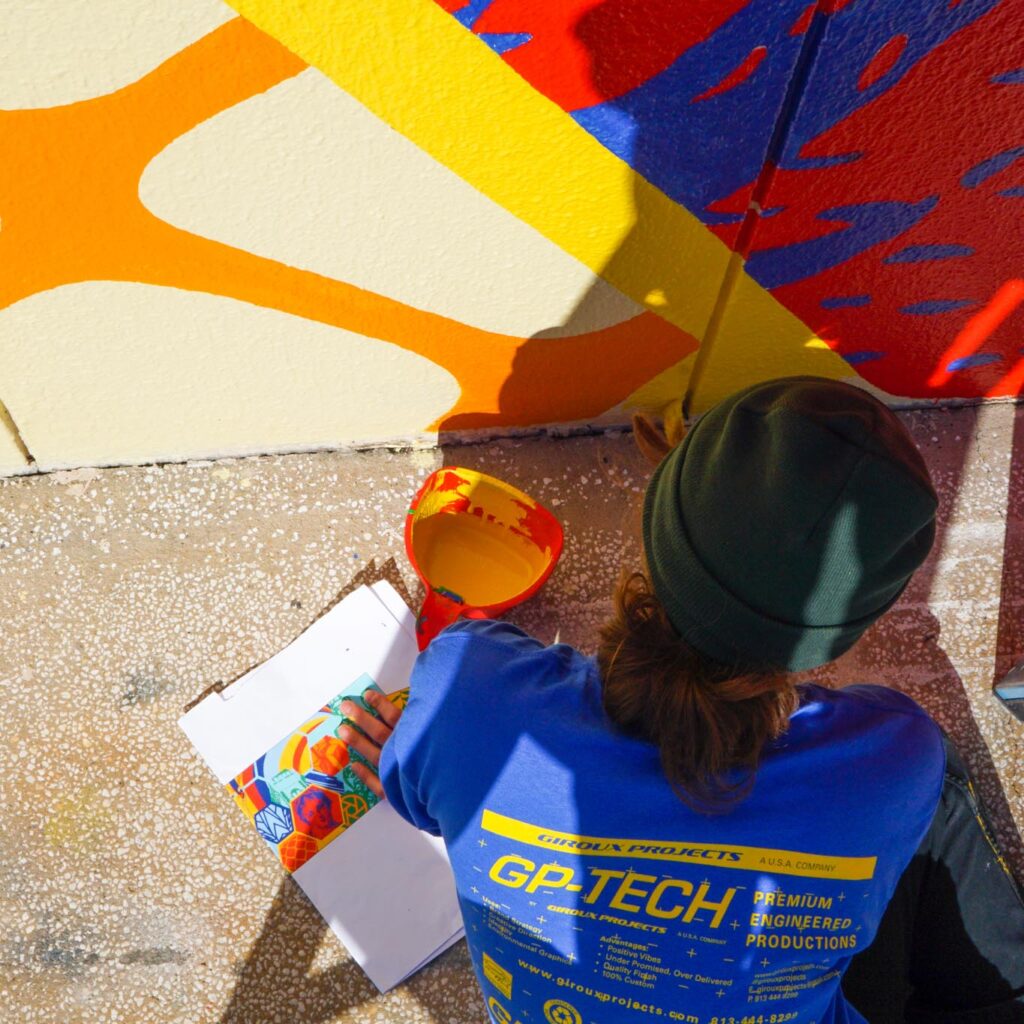
By creatively layering concepts from each of the artists involved or referenced through this piece of public art, an entirely unique piece of art was formed. Without understanding any of the references woven into the piece, it still serves as a vibrant addition to the space. But looking a little further reveals a beautifully complex story about the art, culture, and other influences of Ybor City’s dynamic history.



